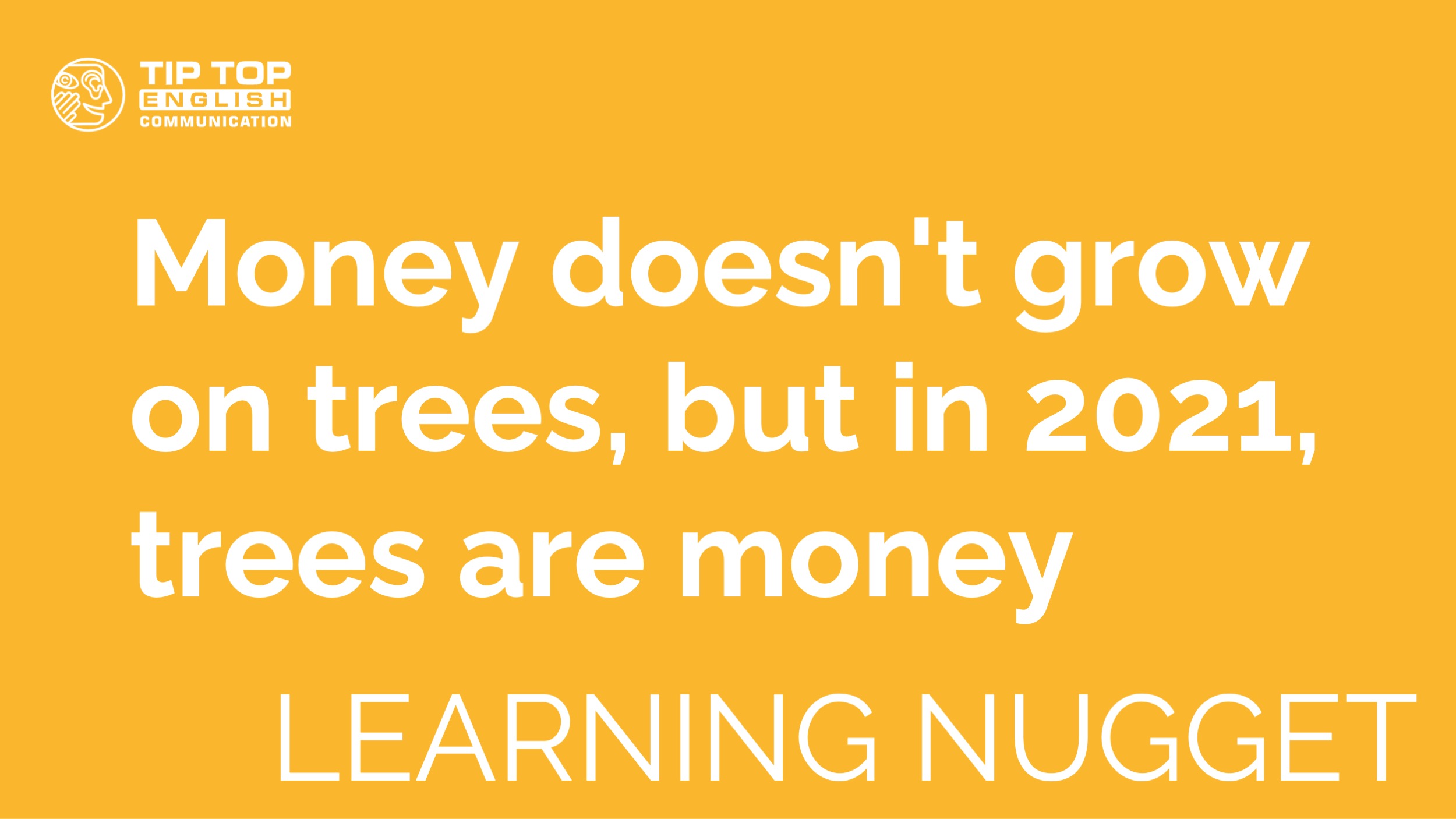Money doesn't grow on trees, but in 2021, trees are money
Lumber used in construction, toilet paper, printing paper – you may have noticed that they’re currently all more expensive than you’re used to. This is because wood prices have gone way up in 2021.
During the summer, they rose over 80% compared to the previous year in Germany, and they increased more than 200% in the United States.
In this month’s Learning Nugget, we explore the many reasons wood prices got so high and why they’ve fallen a little bit since the summer.
Reason 1: Businesses incorrectly predicted how the pandemic would affect demand
There has been a building boom in many western countries for the last few years as extremely low interest rates have made borrowing money for large projects very cheap. This has been great for the wood industry as their product has been in high demand. However, when many businesses dealing with wood realized that the global pandemic would mean lots of people losing work or having less of it, they expected the demand for wood would slow down. They guessed that with people having less money, there’d be fewer new construction projects.
So many businesses made the decision to buy or process less wood. However, not only did people continue to build new homes, many also used their newfound free time to do home renovations or additions. Instead of demand for wood going down during the pandemic, it went up. Higher demand and low supply meant prices rose.
Reason 2: Climate change
The supply problem for wood not only had to do with businesses buying and processing less wood. When demand rose, less high quality wood was available due to the effects of climate change.
In Germany, higher-than-normal temperatures in recent years and a number of unusually strong storms have damaged and sickened trees. Additionally, the unusual weather patterns have been perfect conditions for bark beetles, which kill the trees they inhabit, to thrive. The damaged or infested wood from these trees is still useable, but many German sawmillsdon’t want it, and it’s being shipped to other countries even more desperate for wood. One of those countries is the U.S., which is having climate change-fueled issues of its own.
Primarily, the many wildfires in the western U.S. are destroying huge areas of timberland or making it impossible to harvestareas that aren’t on fire but are near the flames.
Reason 3: The pandemic interrupted supply chains
As it did with the basic materials many industries relied on, the pandemic made it harder to get and process wood. For one, countries‘ various COVID regulations made shipping products internationally very difficult.
Additionally, many companies were far less productive than usual as they figured out how to reorganize their day-to-day business practices in a world fighting a pandemic. These problems affected both raw timber companies and sawmills.
This meant that when demand unexpectedly rose during the pandemic, not only did most companies have little wood on hand, getting more of it took far longer than it would have in the pre-pandemic world.
Reason 4: Nervous businesses bought up available wood
As all of the factors discussed above caused wood to be harder and harder to find and also more expensive, some businesses wanted to buy a lot of wood while it was still available and lock in a price before it could get any higher.
When these nervous businesses made their large purchases, it left the wood market with even less product than it had before. However, demand from other sources didn’t immediately slow down. This created an even greater imbalance in supply and demand that made prices skyrocket.
Why prices are slowly sinking
In recent months, the price of wood has gone down some. It is still muchhigher than before the pandemic, but it’s likely to continue to slowly fall for at least a while. The reasons for this are pretty easy to guess. As the pandemic has slowed thanks to vaccines and more recovered people having immunity, some things are becoming more like they were pre-pandemic.
Wood producers and sawmills have been able to increase production, and shipping is getting a little easier. However, the pandemic is far from over, climate change’s effects will only increase with time, and interest rates for borrowing money remain low.
This makes some experts think higher wood prices won’t be going away any time soon.
Vocabulary
lumber (hier: USA) – behandeltes Holz
lumber (UK) – unbehandeltes Holz gefällter Bäume
construction – Bauwesen
more expensive – teurer
rise (rose – risen) – steigen
incorrectly predict – falsch prognostiziert
affect demand – sich auf Nachfrage auswirken
building boom – Bauboom
interest rate – Zinssatz
borrow – leihen
make a decision – eine Entscheidung fällen
process less wood – weniger Holz verarbeiten
newfound – neu entdecken
additions – hier: bauliche Ergänzungen
low supply – geringes Angebot
due to – wegen
in recent years – in den letzten Jahren
sickened trees – erkrankte Bäume
weather patterns – Witterungsverläufe
bark beetles – Borkenkäfer
inhabit – bewohnen
thrive – gedeihen
infested wood – befallenes Holz
sawmill – Sägewerk
climate change-fueled issues – vom Klimawandel verursachtes Problem
primarily – hauptsächlich
timberland – Holzland
harvest – ernten
rely on – verlassen auf, angewiesen sein auf
for one – jedenfalls
raw timber companies – Rohholzfirmen
have sth. on hand – etw. zur Hand haben
buy up – einkaufen
lock in a price – einen Preis festschreiben
large purchases – große Einkäufe
imbalance – Ungleichgewicht
skyrocket – hochschnellen
vaccine – Impfstoff
immunity – Immunität
increase production – Produktion steigern
Excite Your Senses

On our YouTube channel, you can follow along as a native speaker reads this month’s Learning Nugget accompanied by music and pictures.
